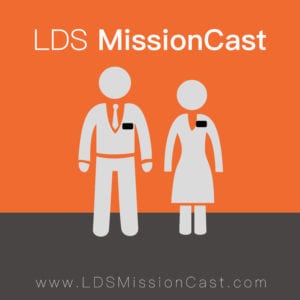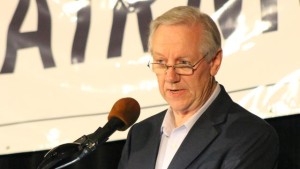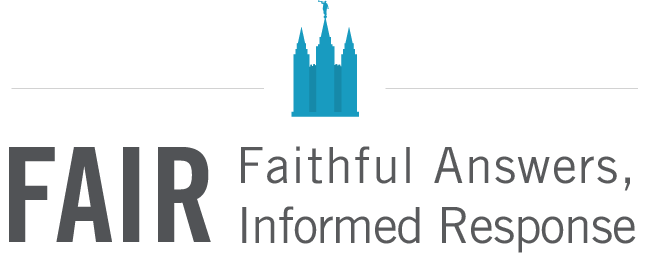Podcast: Download (44.2MB)
Subscribe: RSS

FairMormon would like to introduce to our podcast audience a new podcast called LDS MissionCast. This podcast is produced and hosted by Nick Galieti. The LDS MissionCast is designed to educate and inspire in missionary work. This could include those preparing to leave, those that have come home from full-time mission service, or member missionaries. One could make the case that missionary work is the underlying effort fueling apologetics. Part of missionary work is answering critical questions about the Church of Jesus Christ of Latter-day Saints; part of apologetics is helping to defend the doctrines to build faith and bring people unto Christ–these two efforts are two sides of the same coin.
We all have the opportunity to interact with people all over the world and discuss our faith with them, but we may not always be as conversant with gospel principles or in answering controversial subjects as we might like. For that matter we may not always understand the culture or religions of those we call our neighbors. This is where LDS MissionCast comes in.
FairMormon is sharing select episodes of the LDS MissionCast in our podcast feed. From time to time, as episodes fit the mission and purpose of FairMormon, we will share them with our podcast audience.
This first episode is an interview with Daniel C. Peterson on what missionaries and members should know about Islam (Intro to Islam – What Members and Missionaries need to know). As a professor at BYU for Islamic Studies, Dan Peterson shares his years of expertise in this matter. Islam is a rich and sometimes controversial faith tradition–one of the largest in the world. It is not uncommon for members of the LDS Church to have a neighbor who is Muslim, and one of the best ways to build bridges of fellowship is to know more about their history and some of the differences and similarities between our two faiths.





 Carolina Allen is a Brazilian native and US immigrant. She is a 2nd generation member of the church. A Philosophy major from U of U. She is now happily married to Dr. Kawika Allen, a professor of counseling psychology at BYU.
Carolina Allen is a Brazilian native and US immigrant. She is a 2nd generation member of the church. A Philosophy major from U of U. She is now happily married to Dr. Kawika Allen, a professor of counseling psychology at BYU.
